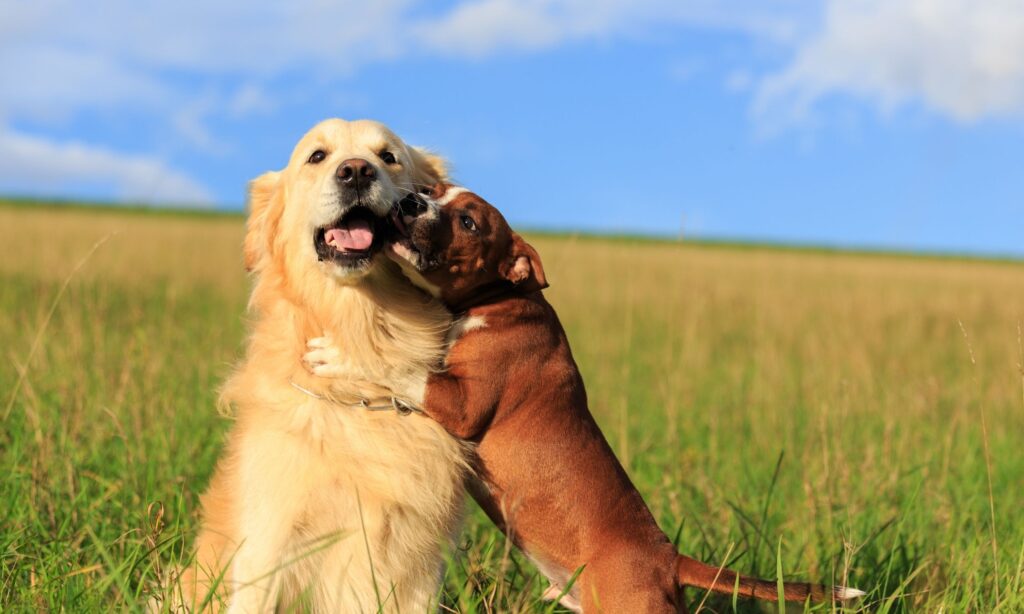How to Socialize an Aggressive Dog: Expert Strategies for Safer Walks

Taking your dog for walks in the park is often seen as an enjoyable outing, but without adequate socialization, it can pose challenges. Dogs lacking social skills may exhibit aggression, leading to confrontations with other pets or wary behavior towards strangers. As a responsible dog owner, it’s vital to understand that socialization isn’t just important; it’s essential for the well-being of both your dog and those around them.
Understanding the Critical Socialization Period
Dogs undergo a crucial period of socialization between the ages of three weeks to three months. If they miss this important stage, social skills may be hard to develop later in life. While socializing an adult dog can be challenging, it is certainly achievable with the right approach.
It’s important to recognize that aggression may not solely stem from a lack of socialization. Factors such as genetics, breed, and past experiences may also contribute to behavioral issues.
Tips for Socializing Your Dog
By following some proven strategies, you can assist your dog in becoming comfortable around new environments, other dogs, and people. Remember, each dog learns at their own pace, and patience is key throughout the entire process.
Avoid Labeling Your Dog as “Aggressive”
While it can be easy to diagnose your dog’s behavior as aggressive, doing so can hinder their progress. A label can create a fixed mindset, both for you and your pet. Instead, focus on the belief that positive changes are possible.
Identify Your Dog’s Triggers
Understanding the specific situations that provoke aggression in your dog is essential. Each dog has unique triggers, and as the owner, you are most familiar with these nuances. Take the time to observe and remember these triggers to help you manage your dog’s responses effectively.
Teach Your Dog Basic Commands
Lack of obedience training can exacerbate aggressive tendencies. Teaching your dog basic commands like “sit,” “stay,” or “leave it” will redirect their focus away from triggers and keep them engaged with you. This approach can help ground them during overwhelming situations. Positive reinforcement techniques can greatly support this learning process.
Ensure Safety Measures are in Place
Once foundational training is complete, it’s crucial to implement safety measures. Basic training in tools like muzzles or crates can provide control during challenging situations. When on walks, consider using a no-pull harness to better manage your dog’s movements and prevent unexpected interactions.
Additionally, carrying tools like citronella spray can safely deter off-leash dogs without causing harm.
If you consistently observe no improvement in your dog’s behavior after implementing these strategies, you may want to consult with a professional dog trainer for tailored guidance.
Conclusion
Socializing an aggressive dog may seem daunting, but with determination, knowledge, and patience, significant progress is attainable. Your efforts will not only enhance your dog’s well-being but also contribute to a safer community for all.












